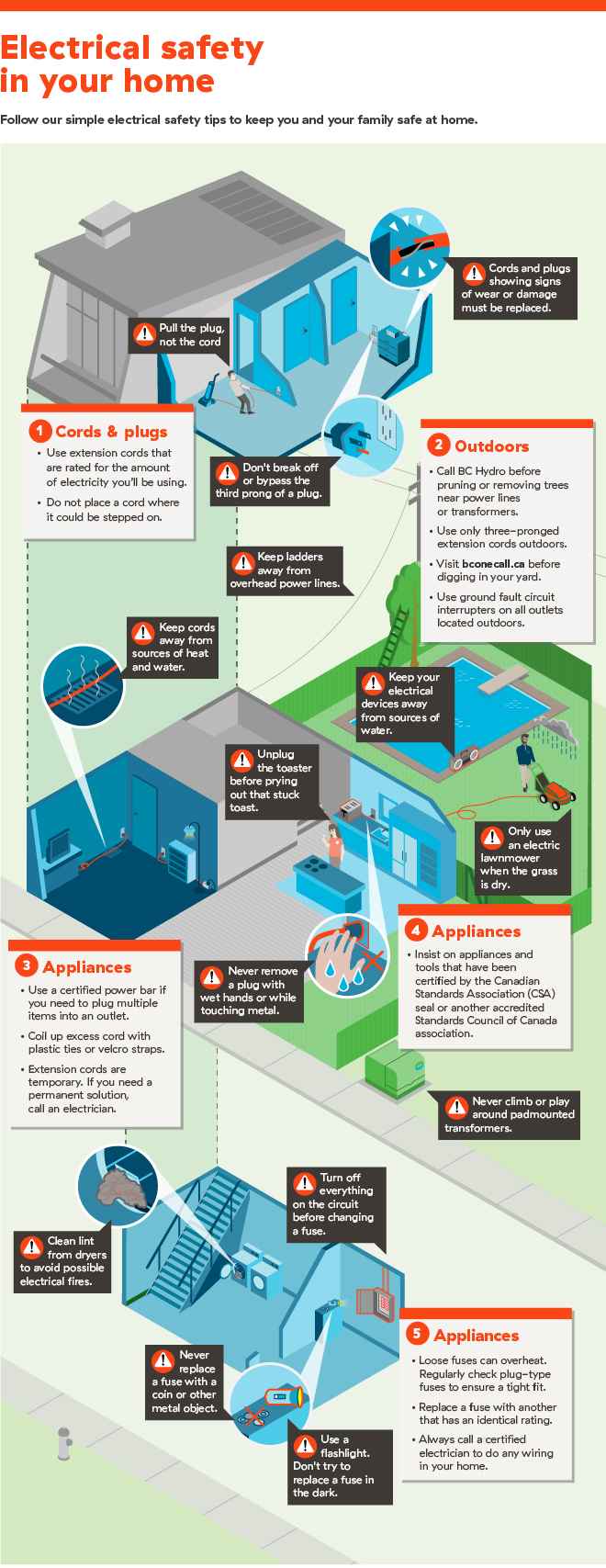Clues That Suggest Tree Removal: How To Spot Hazardous Trees
Clues That Suggest Tree Removal: How To Spot Hazardous Trees
Blog Article
Content Create By-Vogel Aagaard
When it comes to tree care, acknowledging the indications that it's time for removal is essential for your safety and property. You may see blemished fallen leaves, wilting branches, or weird fungal growths showing health issue. Architectural concerns, like a significant lean or fractures in the trunk, can additionally pose risks. Understanding these indication can aid you make notified decisions about your trees and protect against prospective hazards lurking in your backyard. What should you try to find following?
Indications of Decay and Condition
When you see indicators of degeneration and disease in your trees, it's essential to act rapidly. Seek tarnished leaves, wilting branches, or uncommon developments like fungus. These can indicate that your tree is struggling.
If you see cracks in the bark or soft, mushy timber, these symptoms suggest inner degeneration. Furthermore, How To Grind A Tree Stump in pests around your tree can indicate that it's damaged and susceptible.
Look for any type of dead or passing away arm or legs, as they position a danger to your property and safety. If you're uncertain concerning what you see, consulting an arborist can offer clarity.
Addressing these indications early can conserve you from much more substantial damage and guarantee the health of your lawn. Don't wait till it's far too late.
Structural Instability and Leaning
As you observe your trees, keep an eye out for any type of signs of structural instability or leaning. If a tree leans significantly, it might show that the origin system is compromised.
Try to find any type of fractures in the trunk or dirt around the base; these can signify possible failing. Furthermore, look for unusual growth patterns, like an unbalanced crown, which may recommend that the tree is struggling to hold itself upright.
If you discover that the tree favors your home, power lines, or various other frameworks, it presents a greater risk. Don't disregard these signs-- get in touch with an arborist to evaluate the scenario.
Doing something about it early can protect against expensive damages and guarantee your safety.
Dead or Perishing Branches and Vegetation
If you discover dead or passing away branches and vegetation on your tree, it's a clear indicator that something's wrong.
These undesirable locations can indicate underlying problems like condition, bug problems, or environmental anxiety. When When To Prune Pear Trees lose their fallen leaves or transform brown, they're no longer adding to the tree's wellness. Ignoring these indications could bring about further decrease, making your tree a lot more unsafe.
Dead branches can easily break off throughout tornados, posing a danger to building and people close by. Tree Trimming Helicopter to evaluate the level of the damage.
If the issue influences a substantial part of the tree, take into consideration consulting a specialist. They can aid establish if elimination is required to ensure security and preserve the beauty of your landscape.
Conclusion
If you see any kind of indications of degeneration, structural instability, or dead branches on your trees, don't ignore them. These indicators can pose serious safety risks to you and your property. It's always best to speak with a professional arborist that can offer a specialist assessment of your trees. Doing something about it early can protect against mishaps and expensive damage, guaranteeing your landscape remains safe and healthy and balanced. Bear in mind, it's better to be proactive concerning tree treatment than to await a disaster to occur.
